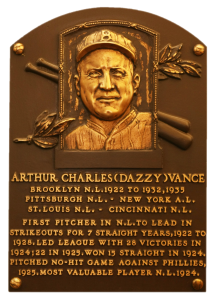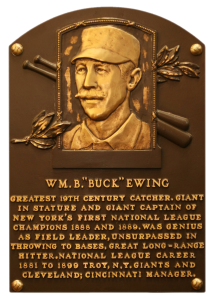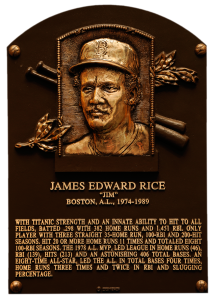
Year Inducted: 1990 (BBWAA, ballot #1, 411/444)
Score: 25165
The 1950’s saw a few teams relocate to new cities. The Brooklyn Dodgers and New York Giants moved out west to capitalize on the new markets in Los Angeles and San Francisco, respectfully. The St. Louis Browns, a perpetually losing franchise stuck in a city that had a successful franchise already, moved out east to Baltimore and became the the Orioles. The O’s began building upon a solid core (including having both Brooks and Frank Robinson) in the 1960’s to become one of the top teams in the late 1960’s and early 1970’s American League. But, it wasn’t until one man began pitching that the O’s saw some dominance. That man was, of course, Jim Palmer.








